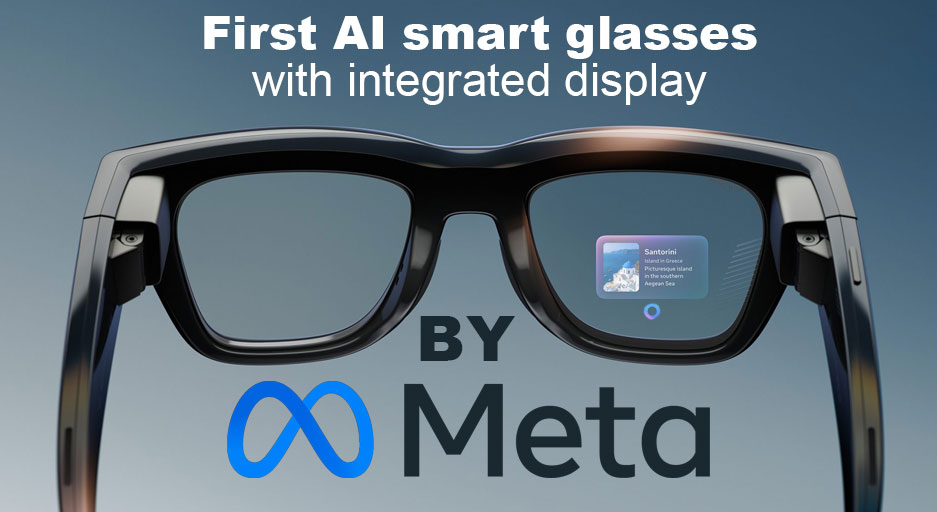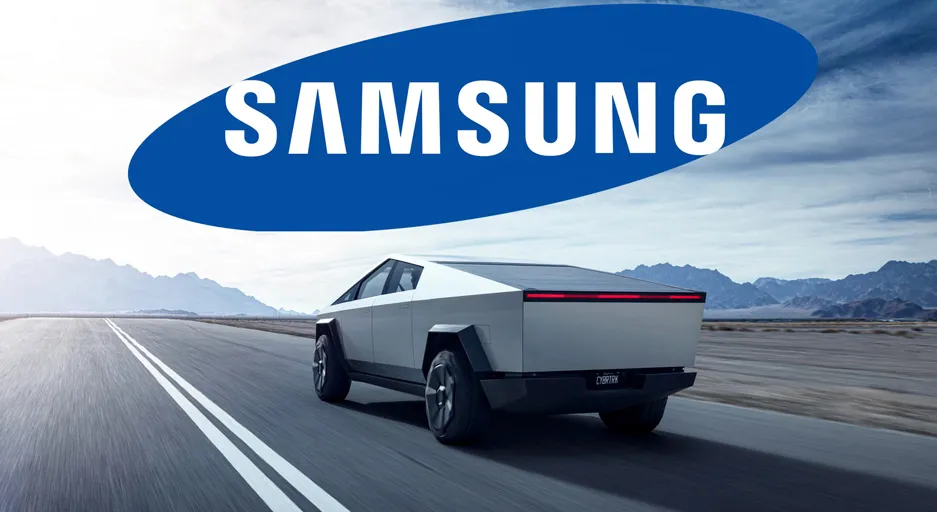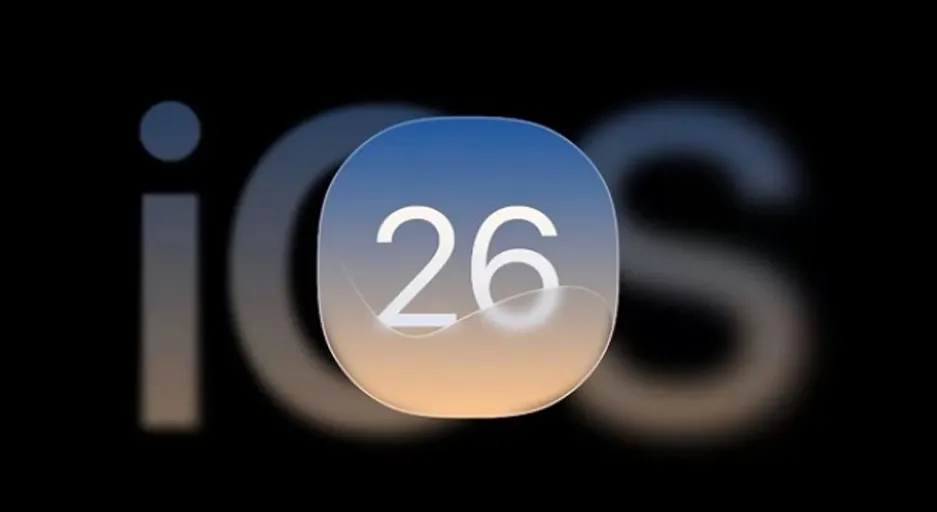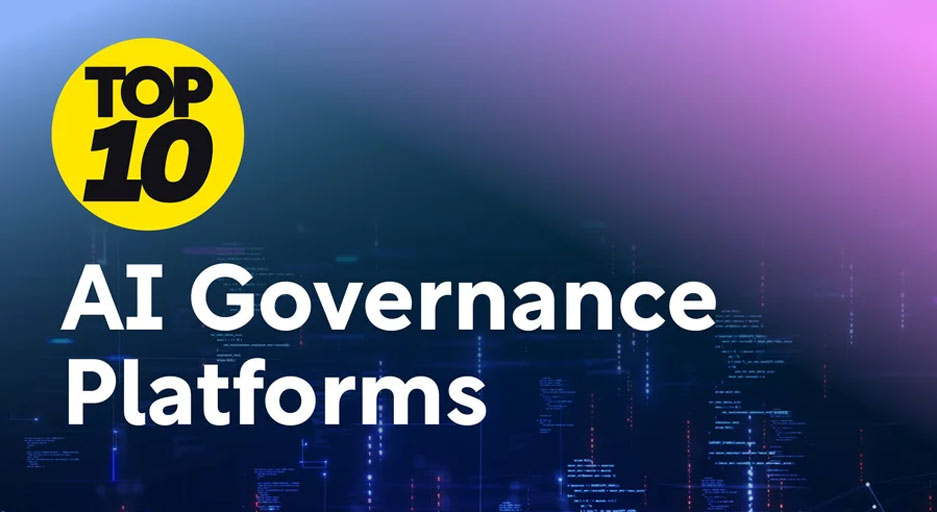IT Trends in 2025: Technology, Strategy, and the Future of Work
Information Technology (IT) is a dynamic and ever-evolving field. Staying on top of the latest trends is crucial for professionals at every stage of their career. This article explores key IT trends for 2025, from emerging technologies and infrastructure to the job market. To understand where the industry is heading, let’s first review some trends from the previous year that continue to shape the landscape.

2024 IT Trends: A Look Back
In 2024, several key movements defined the technological landscape, some of which have evolved or been replaced by new priorities in 2025:
- AI Trust, Risk, and Security Management (AI TRISM): With the rapid deployment of AI across various businesses, a framework for ensuring transparency, data protection, and ethical use became essential. While AI TRISM was a top strategic trend in 2024, its principles have been integrated into new priorities for 2025, such as disinformation security and AI governance platforms.
- Sustainable Technology: The focus on solutions that improve IT efficiency and conserve resources gained significant traction. While sustainable technology dropped off some top-trends lists in 2025, the underlying principle remains relevant, with a new emphasis on energy-efficient computing.
- The Metaverse: The concept of a virtual reality environment with immersive experiences was a hot topic. However, its primary adoption has been centered around entertainment platforms like Roblox and Minecraft, with a user base largely comprised of younger demographics, rather than the wider-reaching applications in work, shopping, and education that were once predicted.
IT Industry Trends in 2025
While the hype cycle for technologies like NFT art has waned, the excitement around AI remains strong. While businesses are actively using AI to enhance workflows, the focus is shifting from simply adopting new tools to building the necessary infrastructure for responsible implementation. The cost of this implementation is a significant consideration, potentially offsetting some of the technology’s immense potential.
In the sections that follow, we’ll delve deeper into the forecasts for 2025, from cutting-edge technologies to organizational strategies.
IT Security Trends
The need for robust governance is growing in the cybersecurity and data management fields. While many have viewed governance as synonymous with regulatory compliance, organizations are realizing its broader purpose. Structured business processes around data can provide more advanced analytics, informing critical decisions and strengthening valuable insights.
In 2025, AI governance platforms are a top strategic trend. These platforms are designed to help leaders ensure the reliability and transparency of AI applications, align them with company values, and avoid negative societal impacts. Human intelligence will also remain a crucial factor in IT security, as generative AI increases the scale and believability of social engineering threats.
IT Automation Trends
The advancements in generative AI are a primary driver of modern IT automation. While some forecasts from 2024 suggested that hyper-automation would meet productivity and cost-effectiveness requirements, others in 2025 are predicting that implementation costs could be a significant hurdle. Nevertheless, AI continues to propel the automation of increasingly complex workflows, from fielding customer service inquiries to candidate screening.
The top strategic technology trend for 2025 is agentic AI—AI programs that can make independent decisions and take actions to achieve pre-defined goals. These autonomous AI agents are expected to be heavily used for data analysis, personalizing customer experiences, and improving situational awareness through predictive intelligence.
IT Infrastructure Trends
The adoption of cloud infrastructure, while not new, continues to surpass expectations. Worldwide spending on public cloud computing is projected to reach $723 billion in 2025. Hybrid cloud computing, which combines different cloud and on-premises environments, has become particularly integral to digital transformations, allowing companies to transition from legacy systems without compromising integrity.
Hybrid computing is a key strategic trend for 2025, involving the combination of various technologies like edge devices, CPUs, GPUs, and quantum systems. This diverse approach creates an environment that leverages the unique strengths of each technology to solve complex computational problems.
IT Hiring Trends
After a period of persistent layoffs in the tech industry, the pace of job cuts has finally begun to slow in 2025. Some economists suggest that these layoffs don’t always indicate a decrease in headcount but rather a strategic restructuring that may lead to new hiring priorities.
According to a Robert Half study, technology hiring managers are increasingly seeking candidates with the following skills and experience:
- Proficiency in AI and machine learning
- Experience with cloud migrations and technologies
- Knowledge of cloud cybersecurity, applications, and database development
Furthermore, the study indicates that salaries are increasing for positions that require expertise in AI, machine learning, cybersecurity, cloud computing, and software development.
IT Outsourcing and Recruitment Trends
The IT outsourcing market continues to grow, with managed services being a central component. Managed service providers (MSPs) handle IT functions such as cybersecurity and cloud services, a trend that is advancing with the rise of software as a service (SaaS) and platform as a service (PaaS).
In the recruitment space, large job search websites remain the most common way for employers to find qualified candidates and for job seekers to find opportunities. In 2025, AI continues to be used in the recruitment process to parse candidates and identify outdated job postings.
Key Takeaways
- Generative AI is still a dominant trend, with a new emphasis on strategic implementation and the development of AI governance and ethical frameworks.
- Cloud infrastructure is here to stay and is a key driver for the growth of the IT outsourcing market.
- Following a period of layoffs, hiring managers are dedicating more resources to finding candidates with expertise in emerging technologies.
- AI proficiency is becoming crucial for success in cybersecurity and data management.
About the author : koosha Mostofi
I’m Koosha Mostofi — a multidisciplinary media creator, full-stack developer, and automation engineer, currently based in Tbilisi, Georgia. With more than two decades of professional experience, I’ve been fortunate to work at the crossroads of technology and creativity, delivering real-world solutions that are both visually engaging and technically robust.














